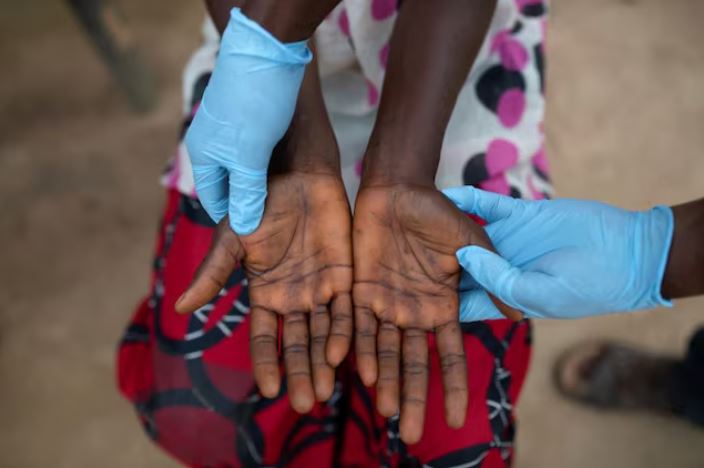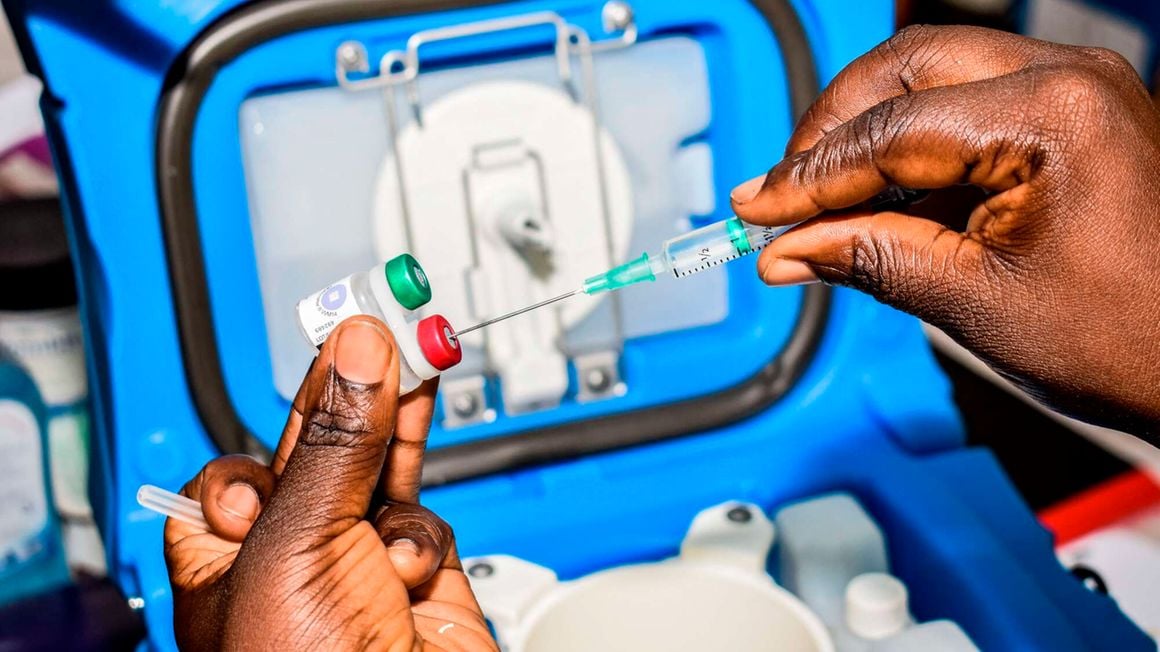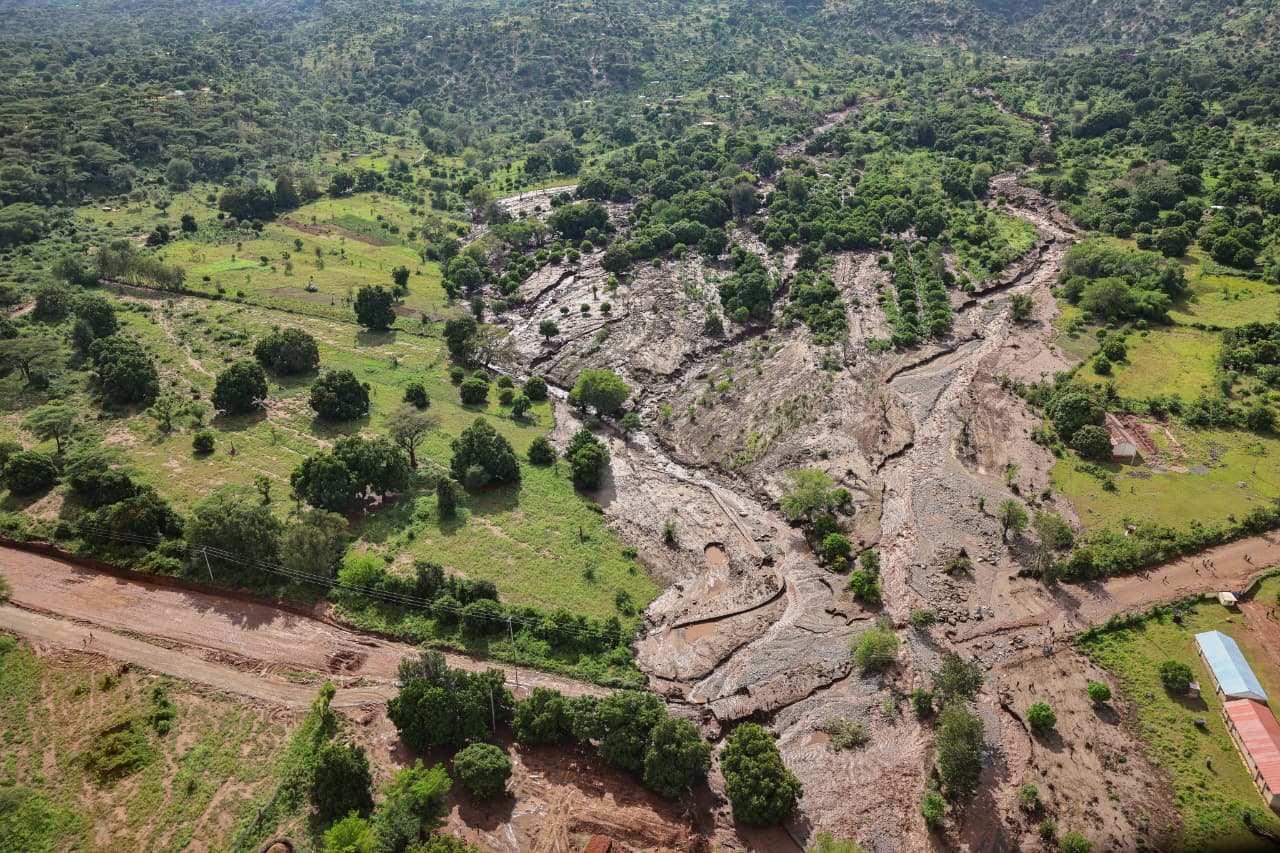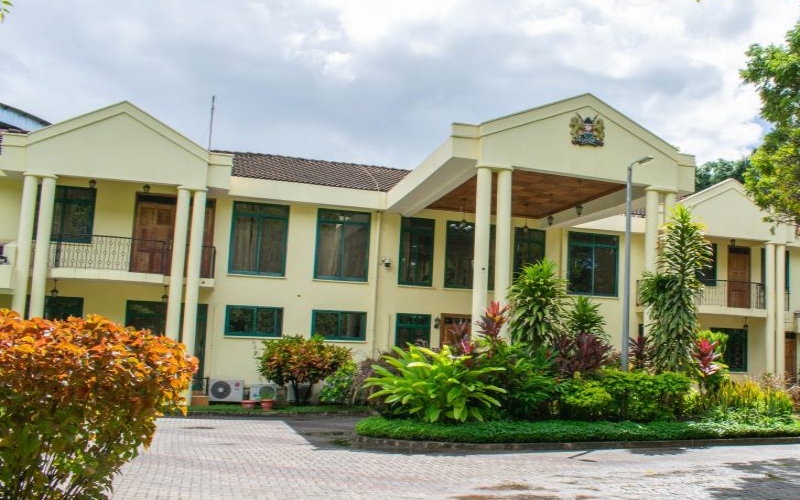Congo on high alert as new strain of Mpox virus spreads rapidly along eastern border

The symptoms include fever, headache, muscle aches, backache, swollen lymph nodes, chills, tiredness, and a rash that starts on the face and spreads to other parts of the body.
Scientists and health experts have raised an alarm over a new strain of the mpox virus spreading rapidly along the eastern border of the Democratic Republic of Congo.
Mpox is a viral disease caused by the mpox virus, which belongs to the same family as the smallpox virus. It can be transmitted from animals to humans and between humans through close contact.
More To Read
- Mpox detected in Garissa, patient isolated as officials trace contacts
- Namibia declares mpox outbreak after confirmed case in Swakopmund
- Mpox cases in Africa surpass 190,000, deaths near 2,000: Africa CDC
- Mpox deaths near 2,000 in Africa since 2024 amid recent decline in cases: Africa CDC
- Health authorities launch 10-day mpox vaccination drive at Malaba border
- Africa: A tentative start in mass vaccine production
The symptoms include fever, headache, muscle aches, backache, swollen lymph nodes, chills, tiredness, and a rash that starts on the face and spreads to other parts of the body, changing from flat spots to raised bumps, then to blisters, pustules, and finally scabs.
According to The Guardian, this virus has been identified as the most transmissible strain yet.
This dangerous variant of mumps is killing children and causing miscarriages in the Democratic Republic of the Congo, with the potential to spread internationally. The virus appears to be spreading through both sexual and non-sexual contact
“Hundreds of affected individuals have sought treatment in the mining town of Kamituga, South Kivu province, but doctors believe this represents just the “tip of the iceberg” of a larger outbreak," said the guardian.
The new outbreak in the DRC is a mutated form of clade I mpox, with a fatality rate of about 5 per cent in adults and 10 per cent in children. There are also high rates of miscarriages among pregnant women.
John Claude Udahemuka, a lecturer at the University of Rwanda involved in the medical response to mpox, stated, “It’s undoubtedly the most dangerous of all the known strains of mpox, considering how it is transmitted, how it is spread, and also the symptoms.”
Early detection
He urged countries to prepare for the potential spread of the virus, emphasising the importance of early detection and support for local research and response efforts.
“The current outbreak in Congo is primarily driven by sexual transmission, but evidence shows that this strain can also spread through close skin-to-skin contact.”
Global health experts warn that the new variant poses a risk of cross-border and international transmission, with one expert labelling it the “most dangerous strain yet.”
The World Health Organization (WHO) reported that as of May 26, 2024, there have been 7,851 mpox cases and 384 deaths (CFR 4.9 per cent) in the Democratic Republic of Congo.
These cases have been recorded in 177 of the 519 health zones across 22 of the 26 provinces. This year, approximately 8,600 mpox cases and 410 deaths have been reported in Congo, according to Cris Kacita, the doctor leading the country's mpox control programme.
A new case in Goma has increased the affected provinces to 23 out of 26, with Equateur, Sud Ubangi, Sankuru, and South Kivu being the most impacted in 2024.
In 2023, Congo reported a total of 14,626 mpox cases and 654 deaths (CFR 4.5 per cent), the highest figures recorded in the country and across the WHO African Region. Of these cases, 1,461 were laboratory-tested, with 966 testing positive (test positivity rate of 68 per cent).
South Africa reported five confirmed mpox cases, all men aged 35 to 39 years. These cases, sequenced as clade IIb MPXV, were reported in Gauteng and KwaZulu-Natal provinces.
None of the men had a recent international travel history. Four of the five began treatment with tecovirimat provided by WHO The outbreak response in South Africa includes contact-tracing and clinician training in collaboration with the HIV/AIDS control programme.
Extensive travel between South Africa and the Democratic Republic of Congo due to commercial and professional activities links the two countries' health challenges.
Top Stories Today










































